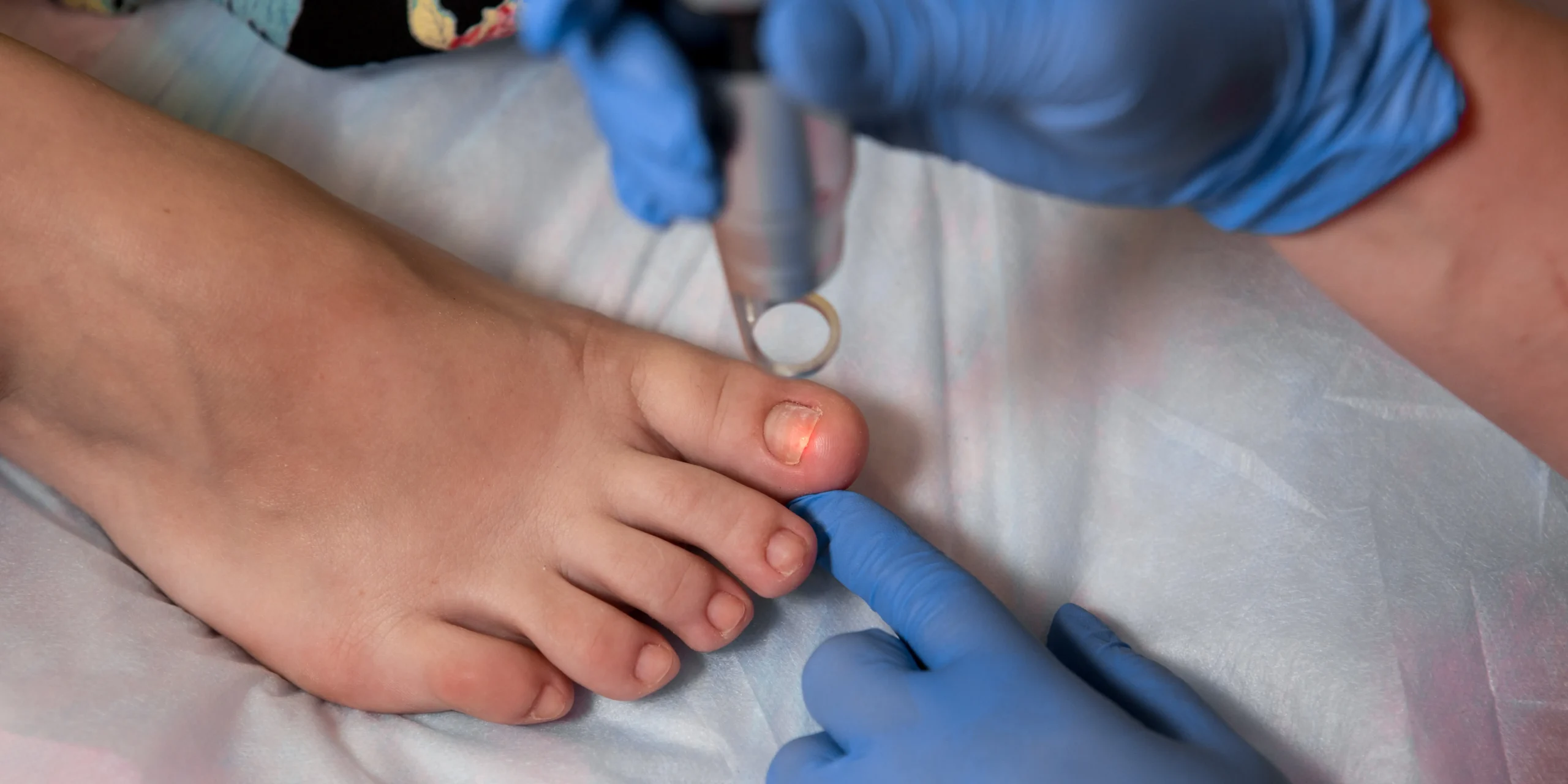

What Causes Thick Toenails And How To Prevent Them
Thick toenails can be caused by a wide variety of causes, with correct foot hygiene and early intervention key for managing the condition.




Free Fast Shipping on Orders Over $60


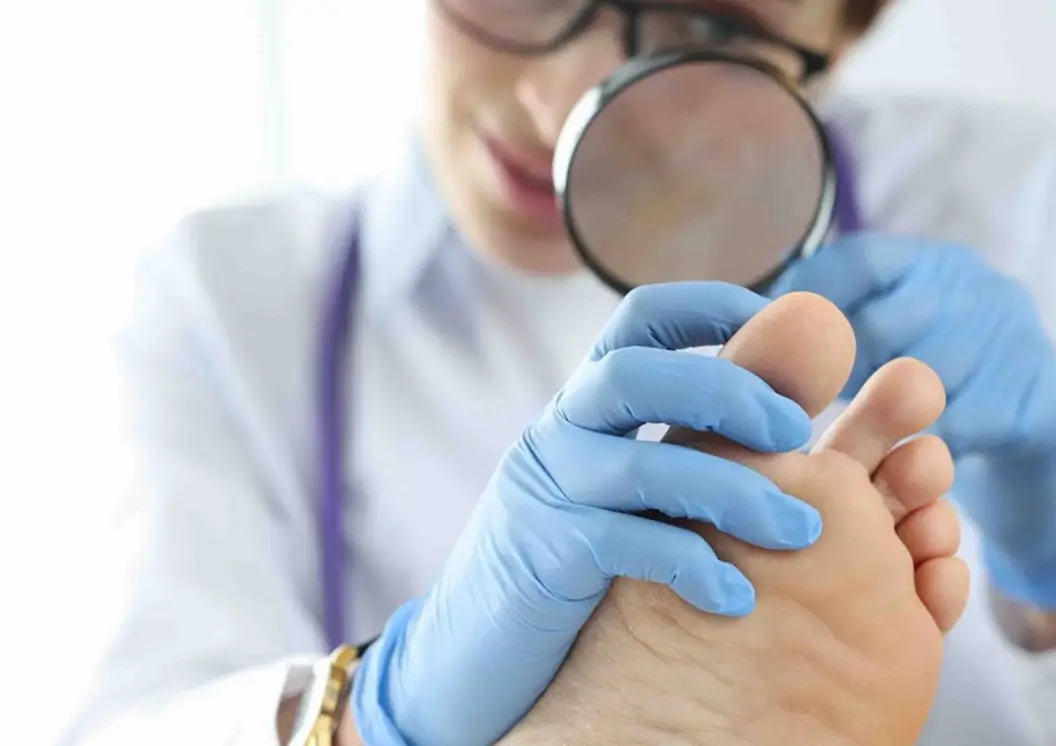

| Nail Fungus | Subungual Melanoma | |
|---|---|---|
| Toenail Pain | Yes | Yes, sometimes with pus |
| Discoloration | White, yellow, or brown irregular discoloration | Black or brown bands of color or an irregular black or brown shape |
| Nail Lifting or Loss | Yes | Yes |
| Skin Pigment | No | Skin under and around the nail may darken |
| Nail Texture | Thick and brittle | Splitting and bleeding, may become weak |
| Causes | Fungal Infection | Cancer of nail matrix (melanocytes) |
| Contagious? | Yes | No |
| Progression | Spreads gradually to multiple nails | Stays localized but invasive |
| Risk factor | Moisture, shared tools | Family history, trauma, sun exposure |
Toenail fungus can be treated with topical antifungal treatments. Your doctor might also prescribe treatment to soften thick nails, which makes the medication more effective. In more cases that require more aggressive treatment, oral antifungals might be prescribed. A dermatologist might also scrape, trim, or even remove the nail in some cases.

Our blog is authored by the Swissklip founders alongside our trusted medical advisors. What began as a heartfelt solution for Opa’s thick toenails blossomed into a full line of premium self-care tools, all designed with quality and safety in mind. Working closely with podiatrists and dentists, we ensure every article carries medical-grade insights you can trust. Expect practical, expert-backed advice every time.
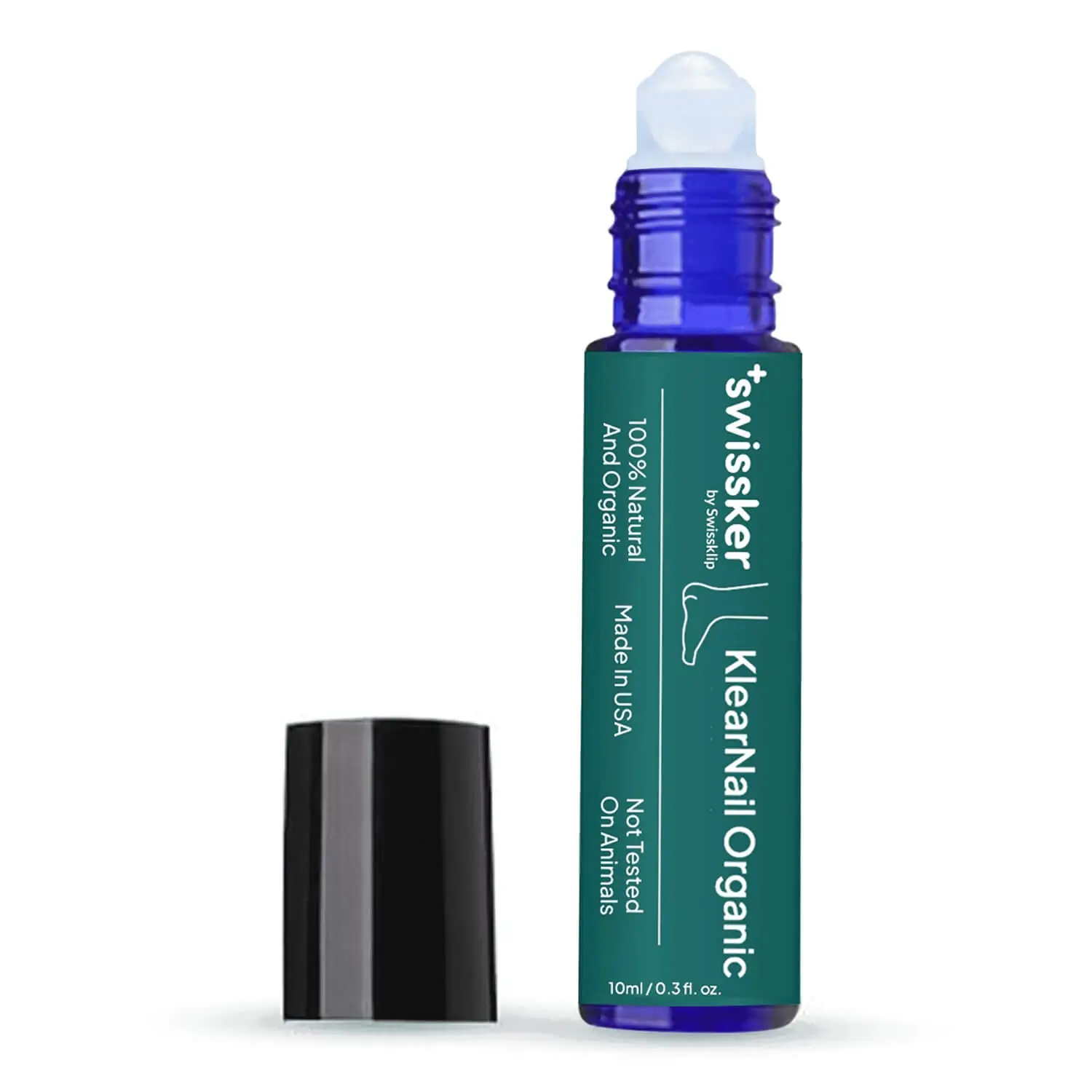

A roll-on solution that kills drug-resistant fungus on contact.
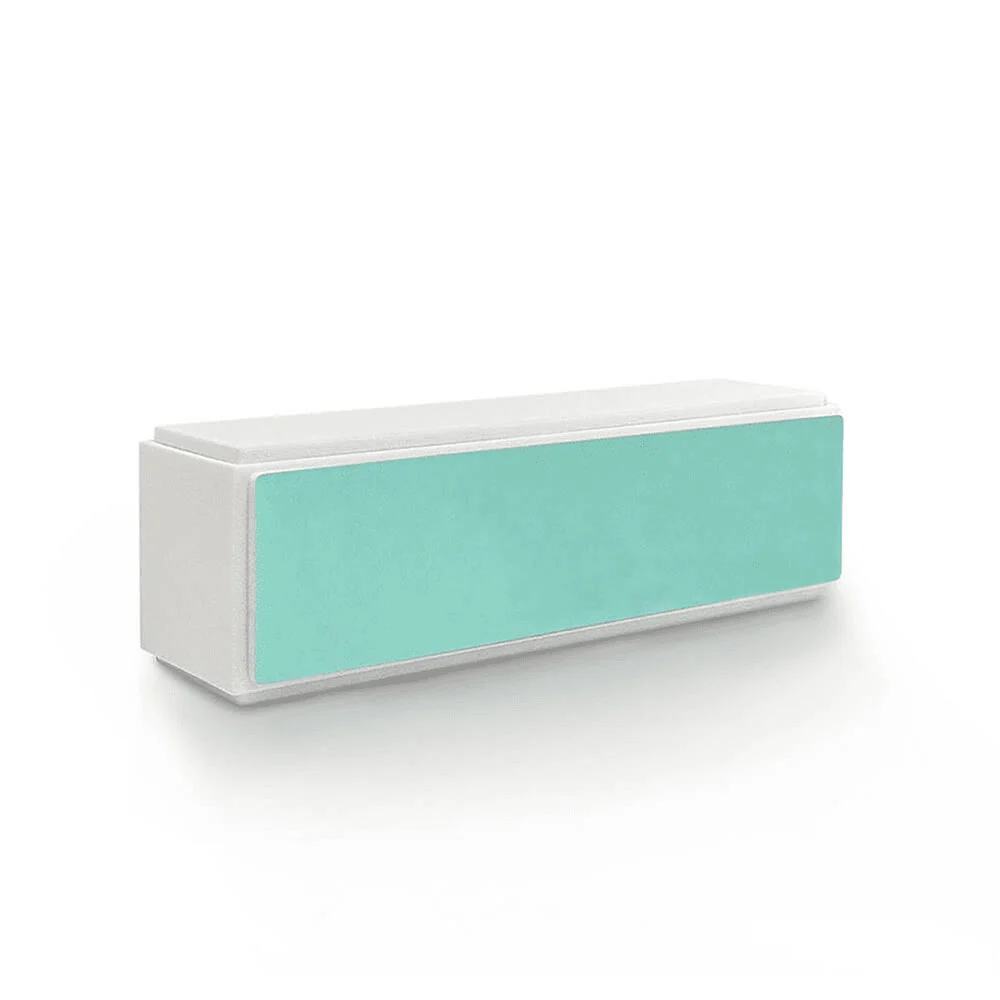

Achieve salon-quality smoothness and a dazzling natural shine
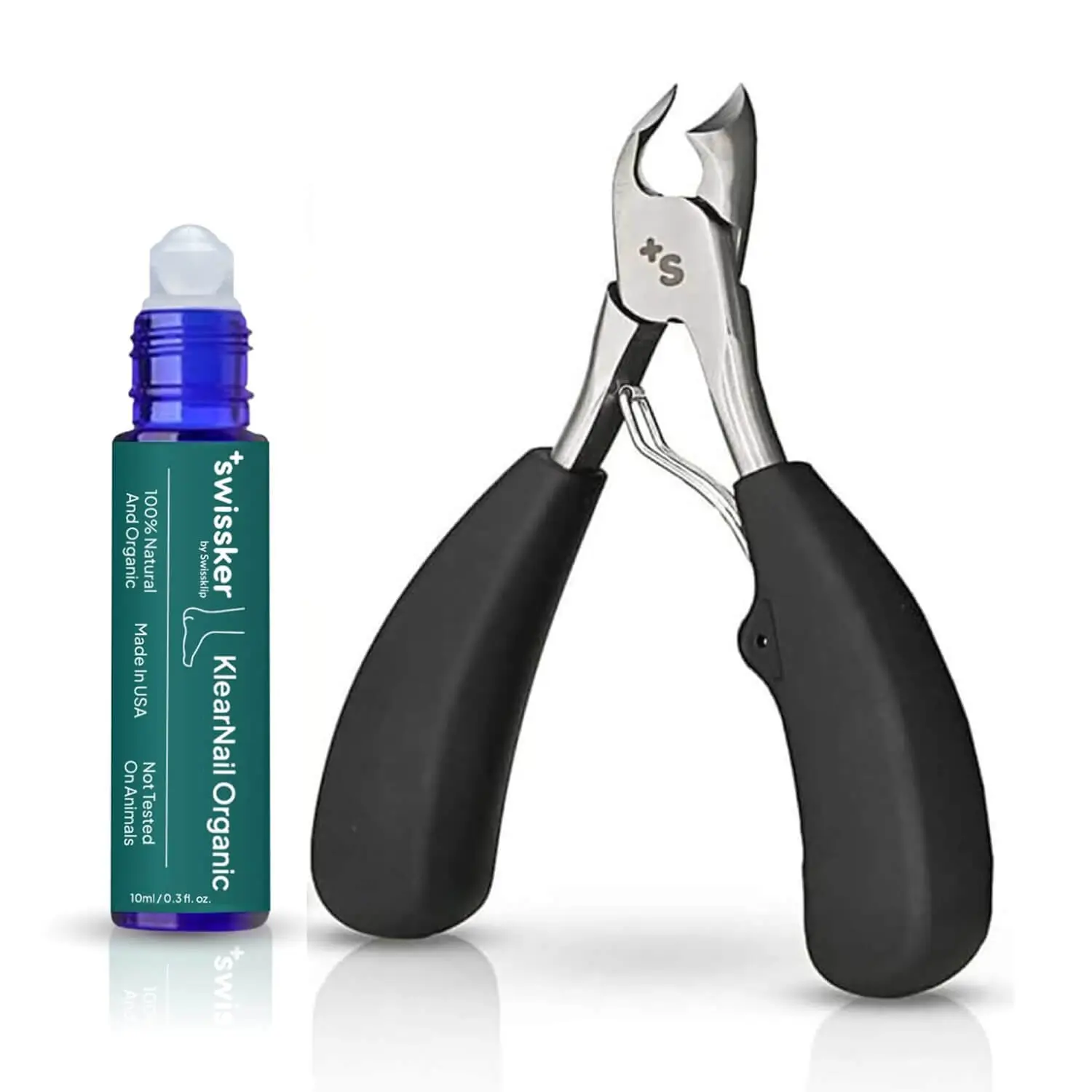

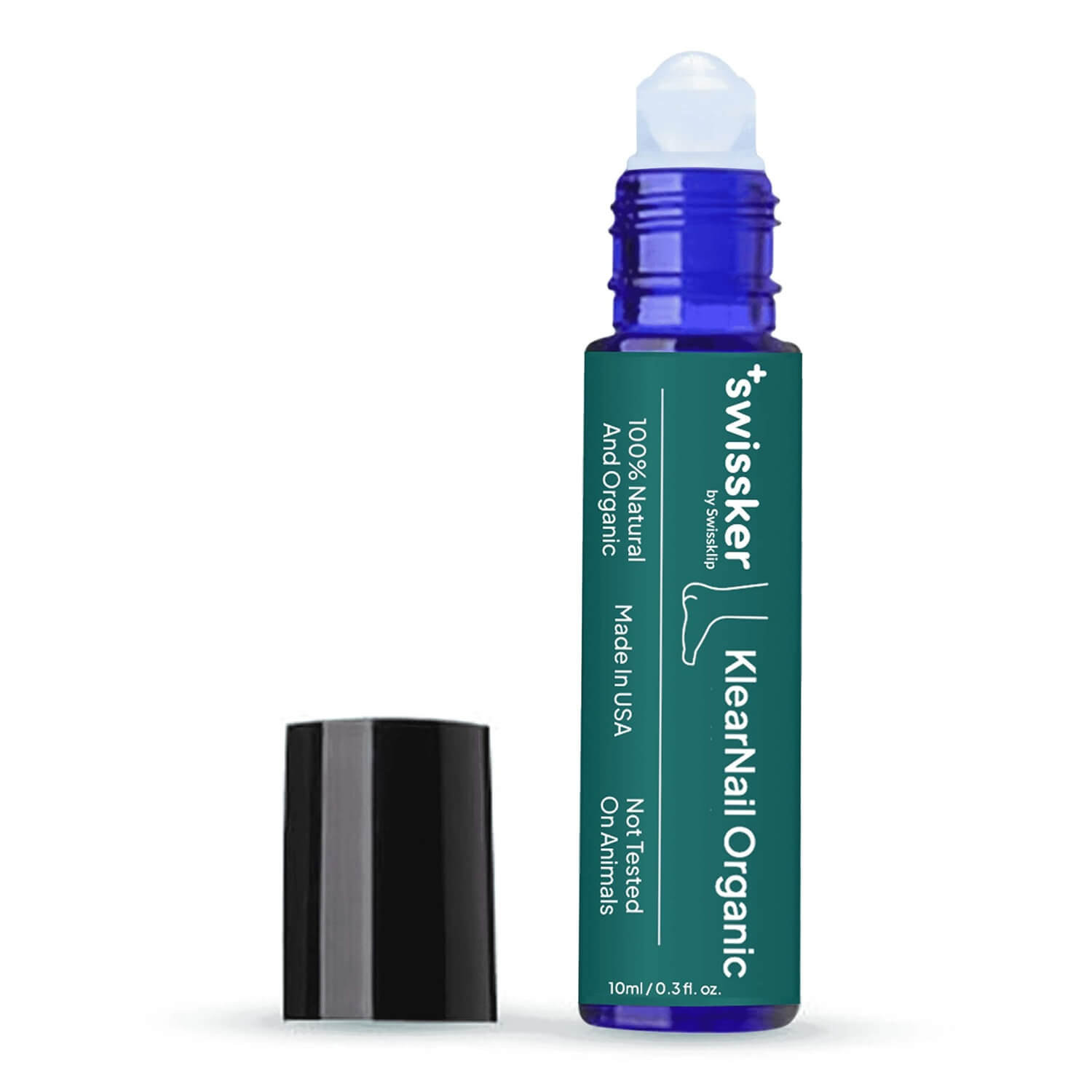

A roll-on solution that kills drug-resistant fungus on contact.
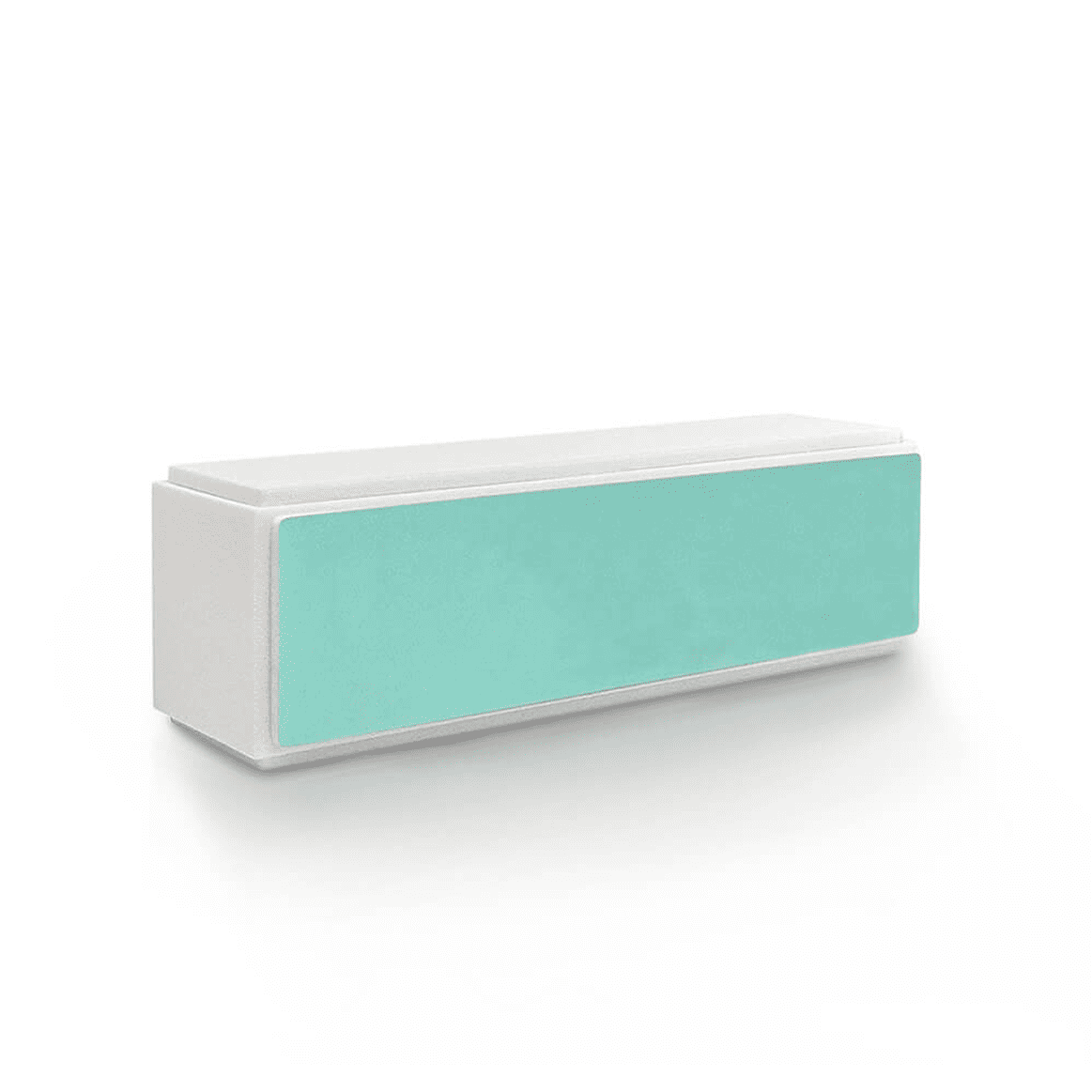

Achieve salon-quality smoothness and a dazzling natural shine
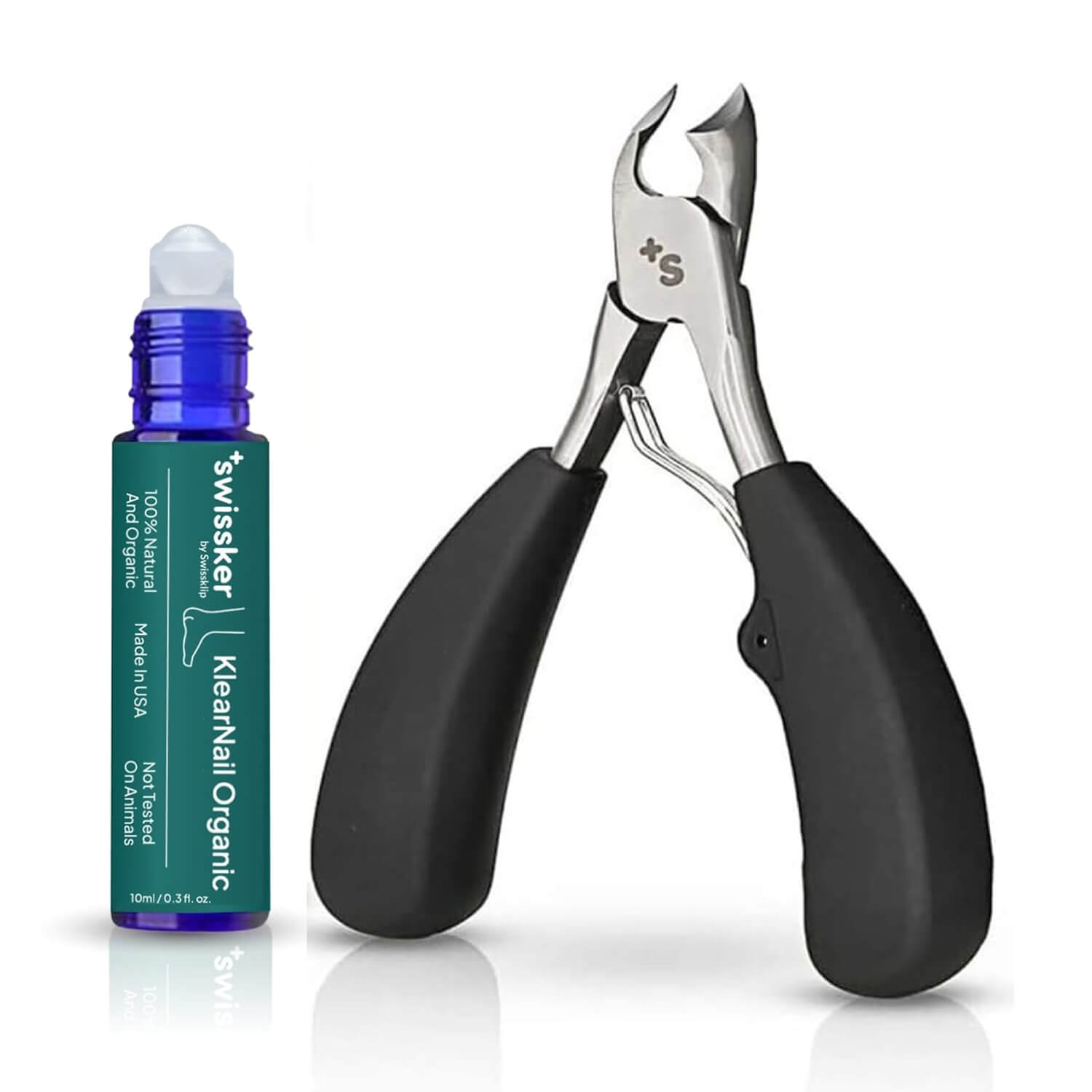



Thick toenails can be caused by a wide variety of causes, with correct foot hygiene and early intervention key for managing the condition.


Learn safe, effective ways to soften thick toenails at home with tips, remedies, and care for healthier, more comfortable feet.


Discover essential nail care tips with key dos and don’ts to keep your nails strong, healthy, and looking their best every day.